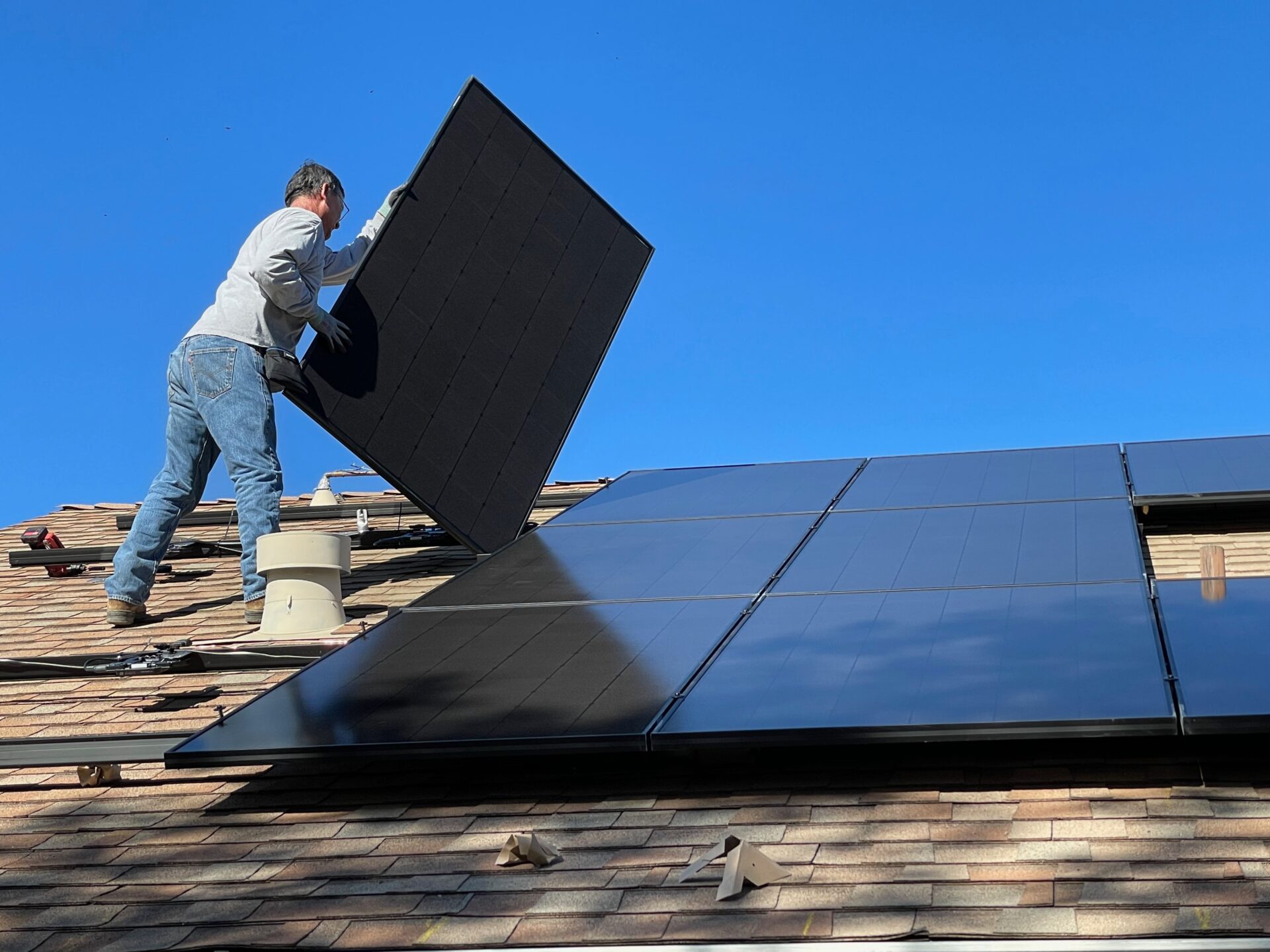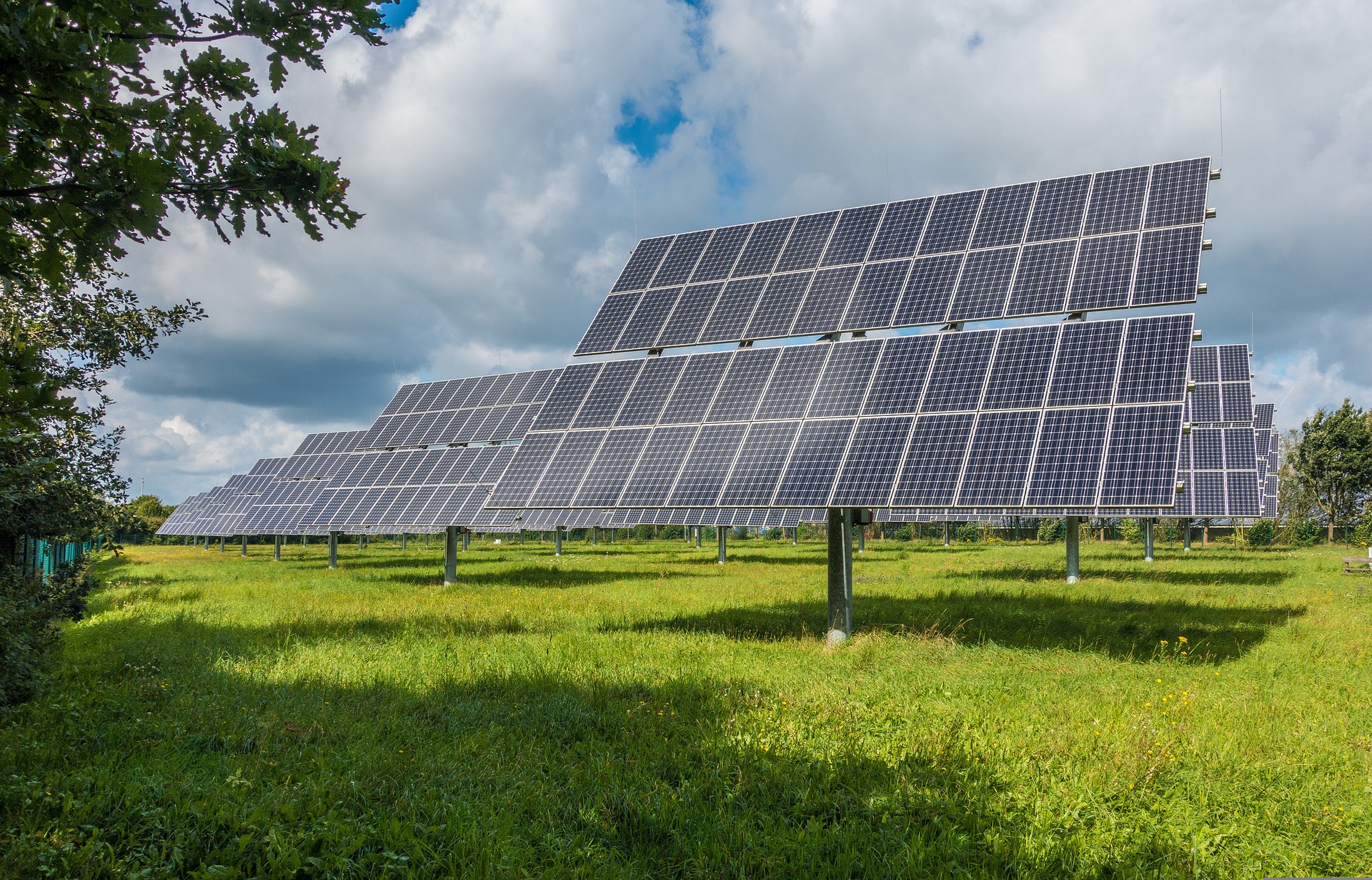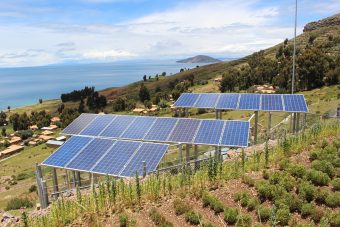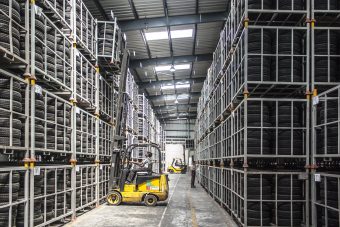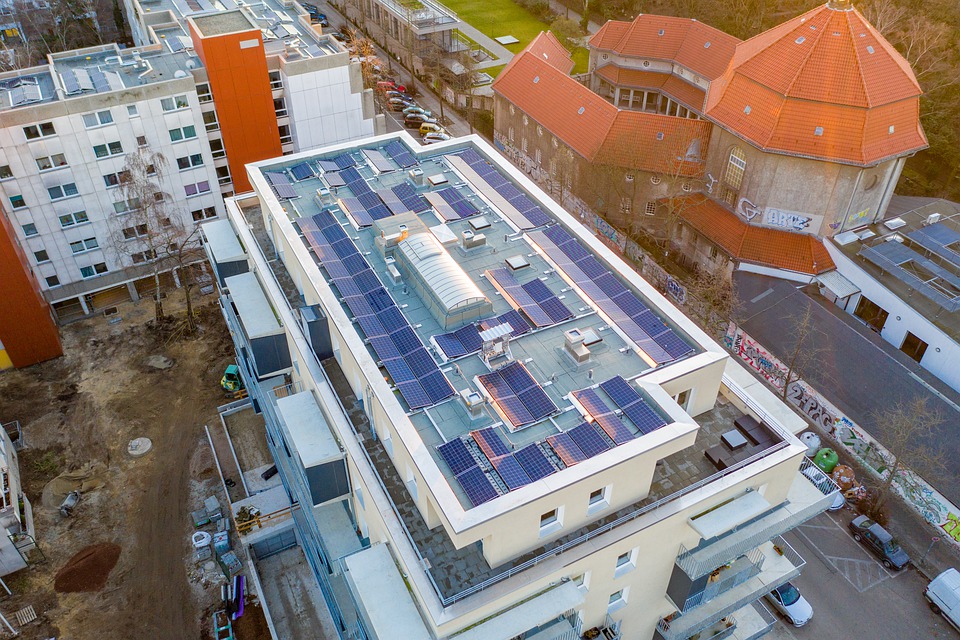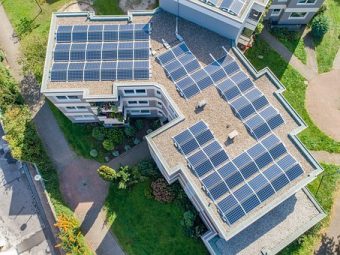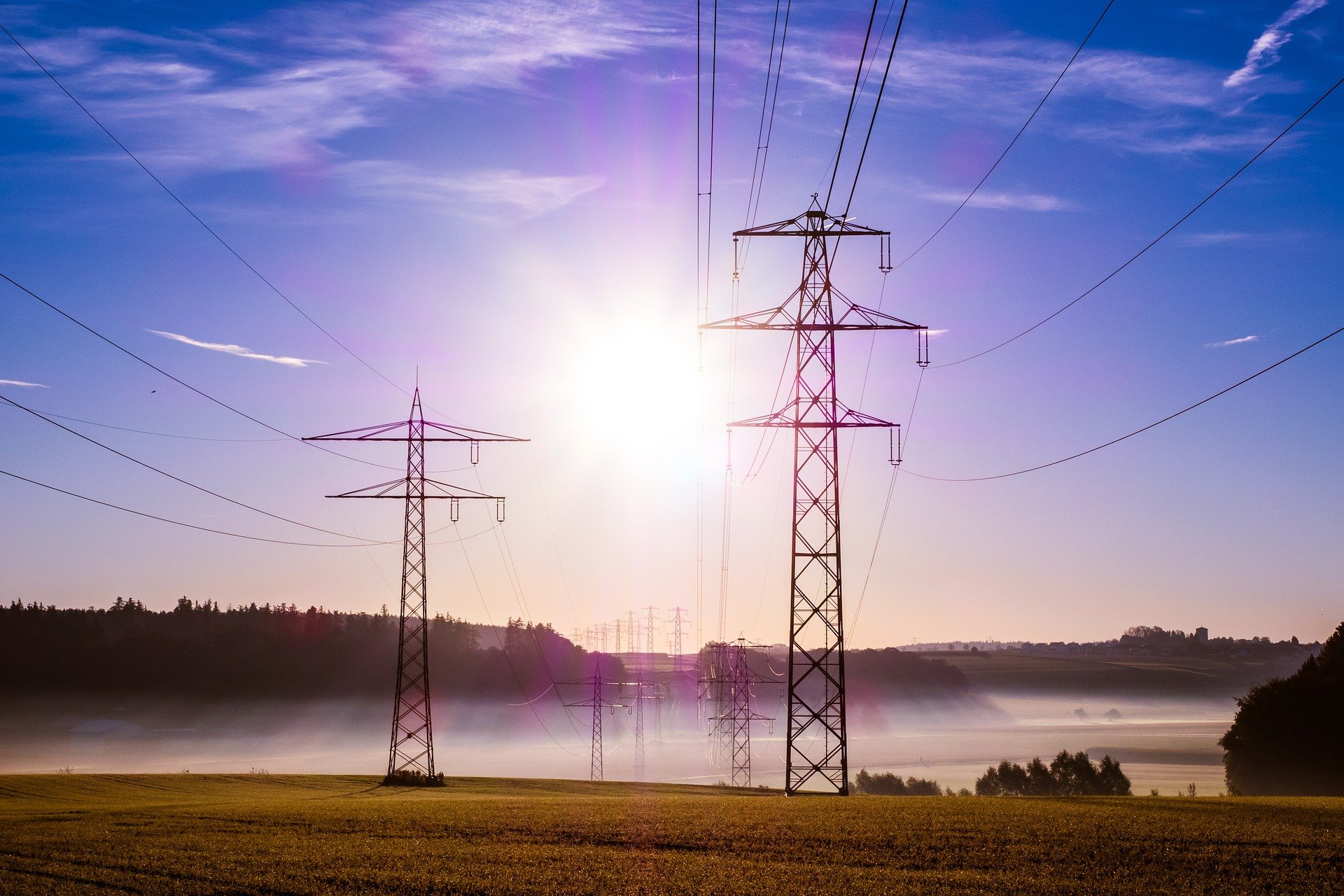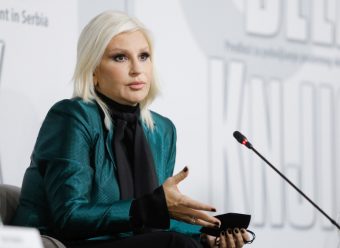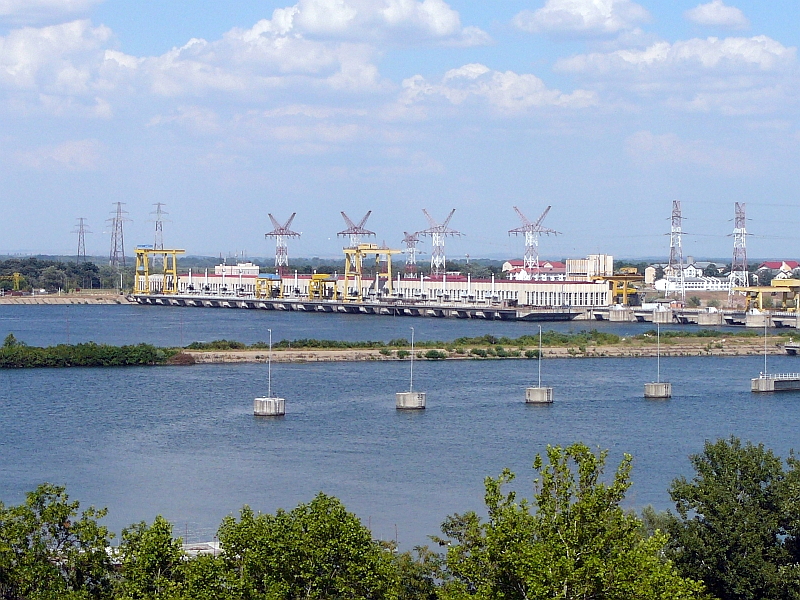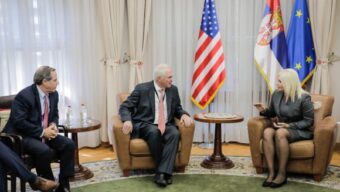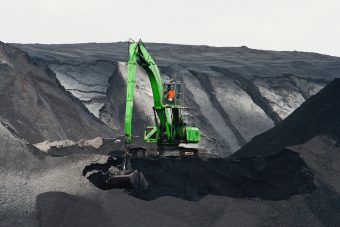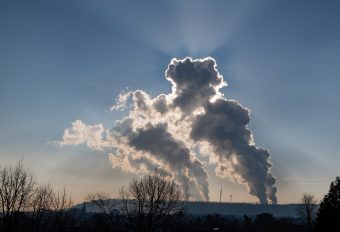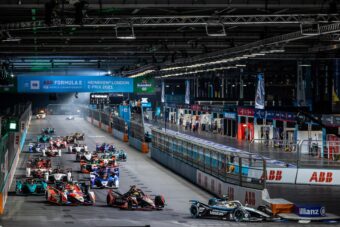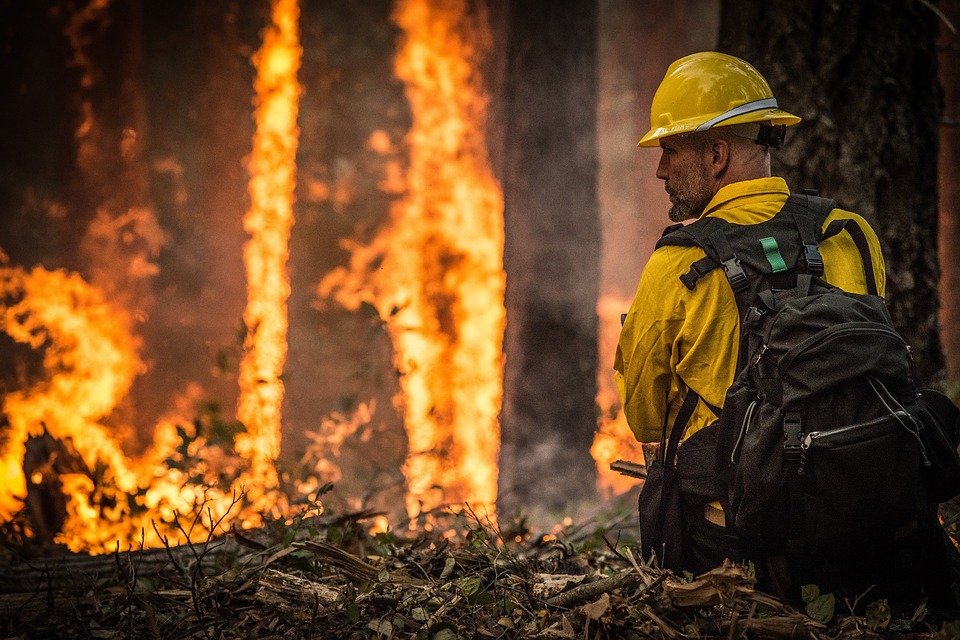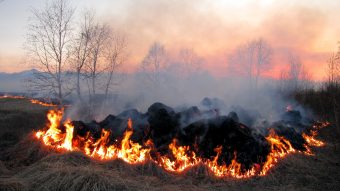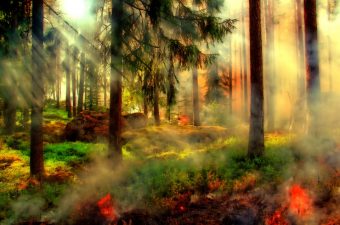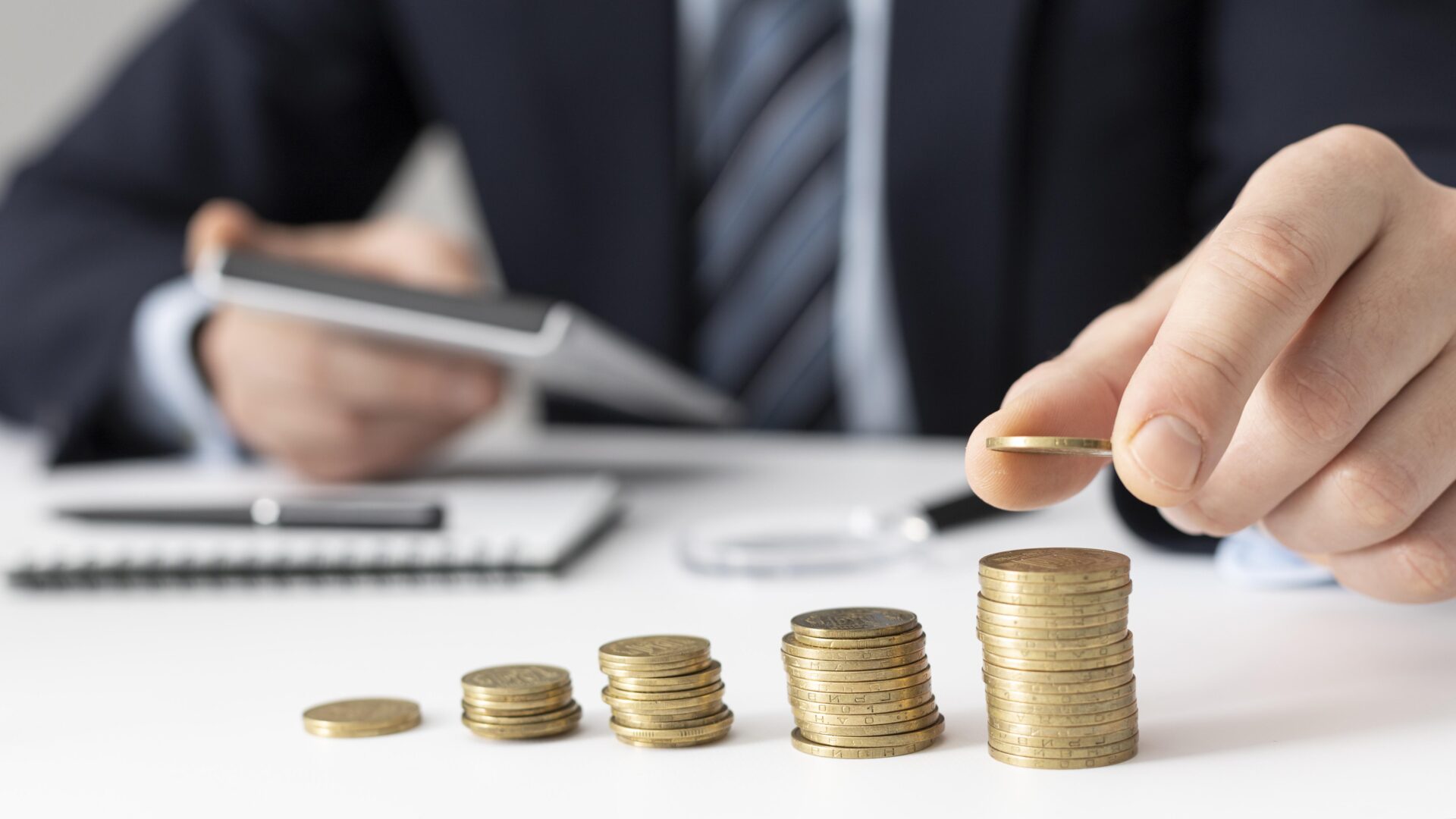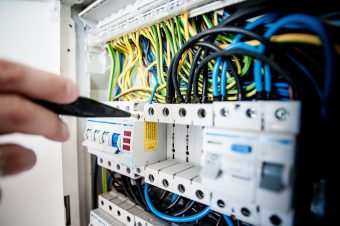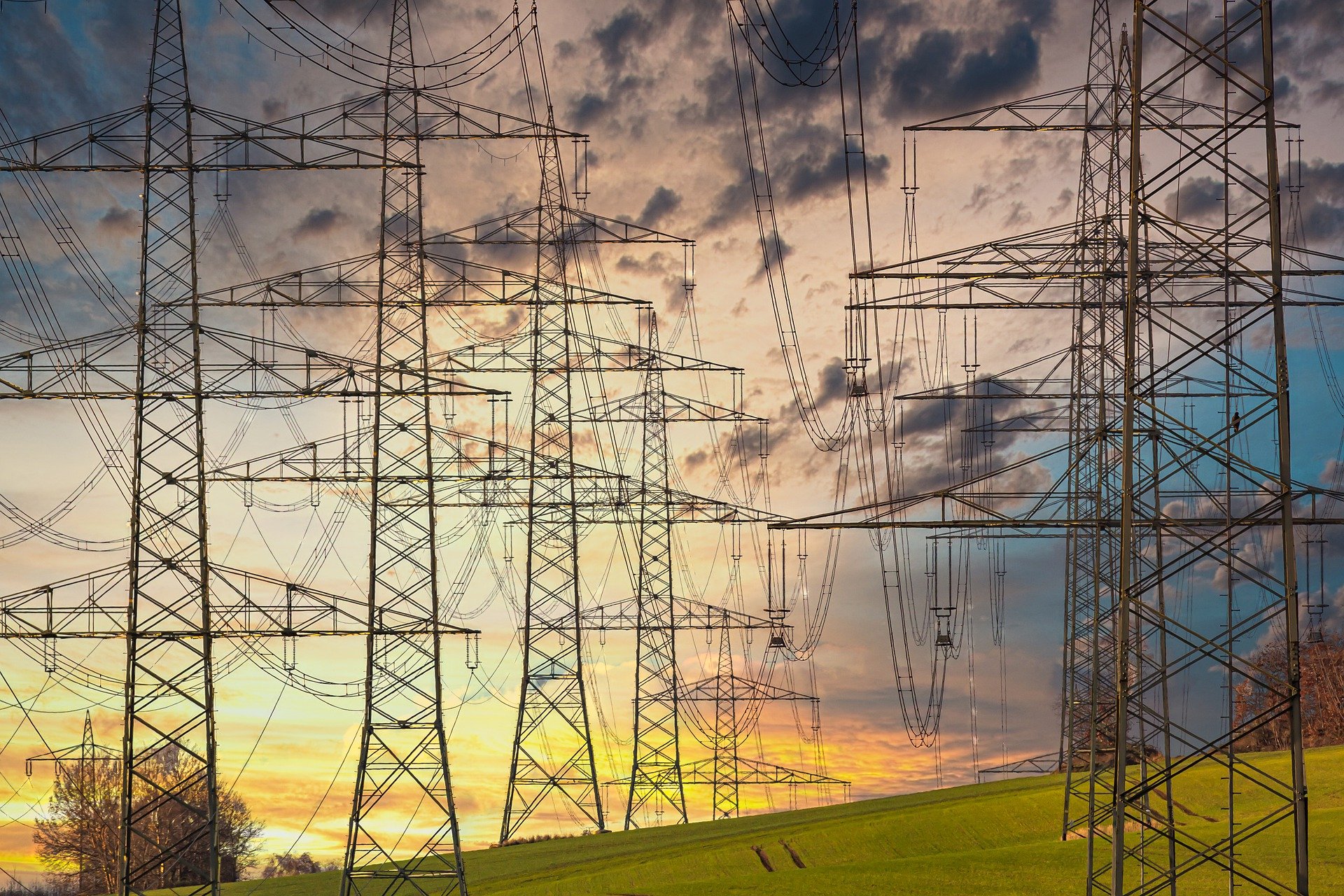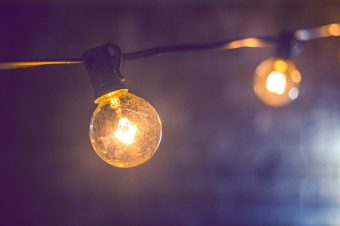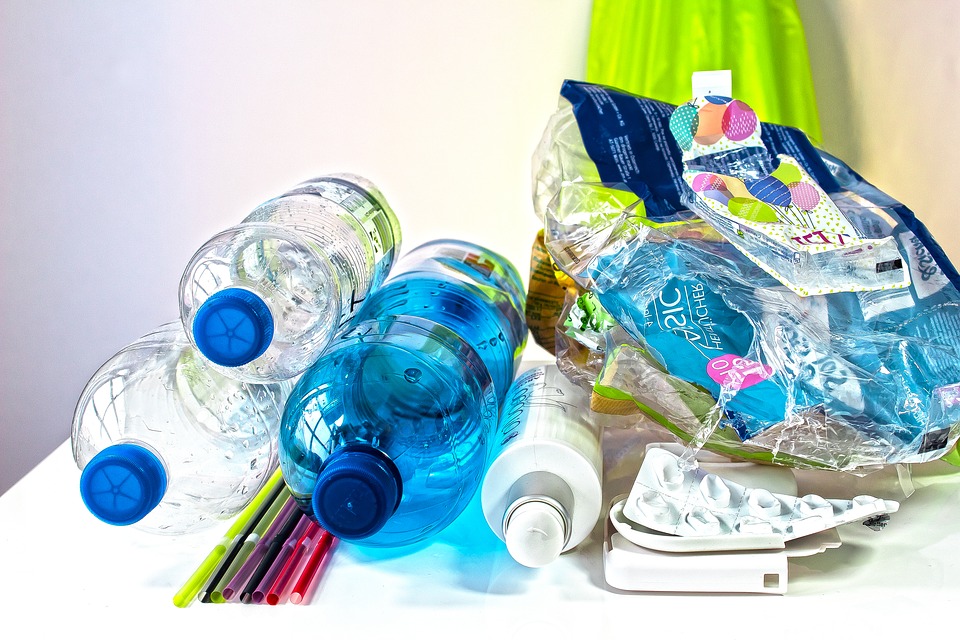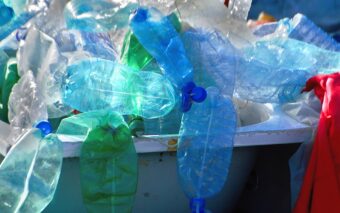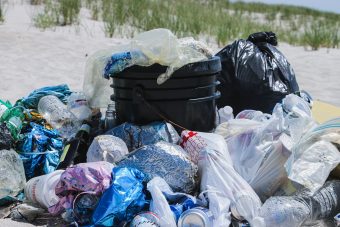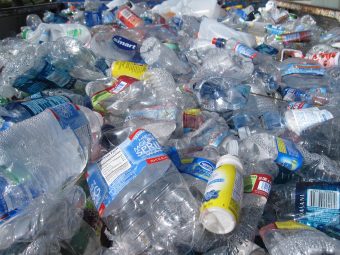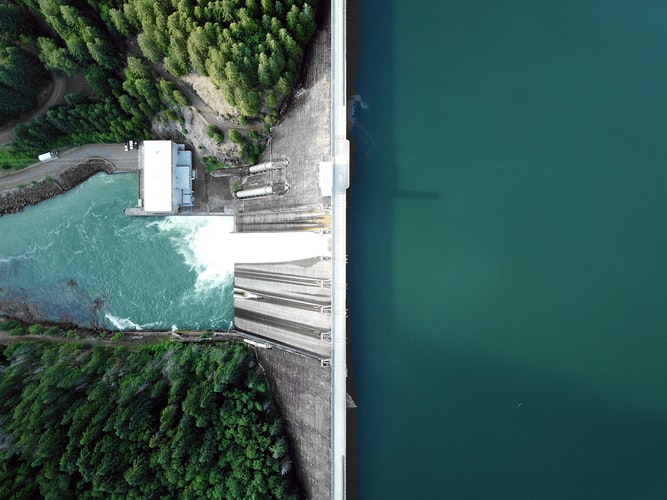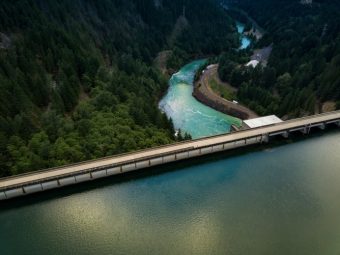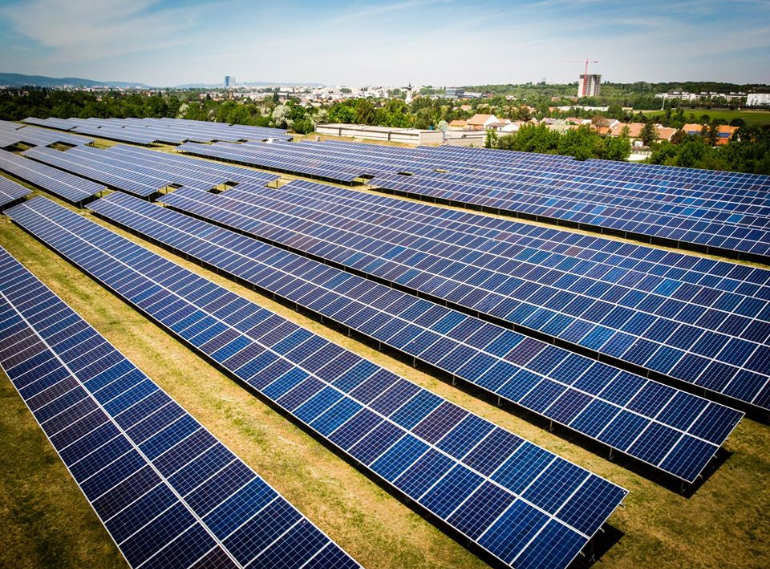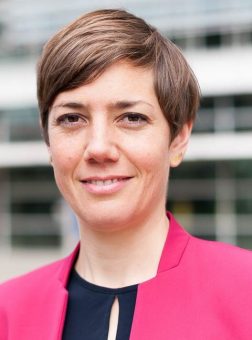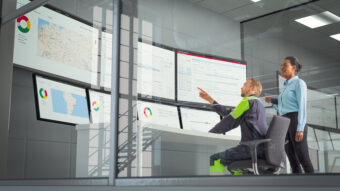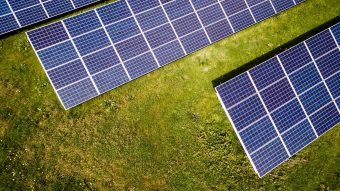
This year, Serbia will have three times more electricity produced from solar panels, thanks to the simplified procedures and subsidies of this ministry, stated the State Secretary of the Ministry of Mining and Energy, Jovanka Atanackovic.
Atanackovic, in a guest appearance on “Euronews” TV, recalled that changes in regulations created the conditions for both citizens and commercial customers to produce green energy by installing solar panels, as well as that the Law on Renewable Energy Sources which was adopted in April last year. The Law introduced the category of buyer-producer of electricity, and afterwards the corresponding regulation, which simplified the procedure for obtaining that status.
More:
,,The regulation simplified the procedure for households that want to install solar panels, so, instead of going through 20 steps and over six months of waiting, now the procedure is reduced to them buying the panels and placing them on the roof, after which a licensed engineer inspects the installation, gives a statement that it is in order, and then they conclude a buyer-producer contract with “EPS supply” and connect to the network’’, she explained.
According to her, this measure is also important for the economy, for companies that have a large consumption of electricity and pay a high price for electricity, especially in the time of the global energy crisis, because in this way they will be able to reduce their bills, but also become energy secure. .
,,The buyer-producer is a measure that affects the energy security and independence of our facilities. When we install solar panels and when we have our own power plant from which we produce electricity, we are independent from the changes that can happen on a global level’’, said Atanackovic.
As she pointed out, before the introduction of the buyer-producer status, Serbia had only 11 megawatts of electricity from solar panels in the past decade.
By the end of the year, we expect to have three times as many megawatts of electricity from solar panels, she repeated and stressed that the citizens already recognized the importance of investments in RES. So far, 131 prosumers have officially been registered, whereas we have additional 25 megawatts waiting to join the network.
The State Secretary reiterated that the Ministry provides subsidies for the installation of solar panels of up to six kilowatts, by financing half of that investment, as 25 percent of the costs are borne by the state and local authority.
She expressed her belief that, this way, citizens who do not have enough funds and want to implement this solution will be further encouraged – the official Government website reported.
Source: eKapija


